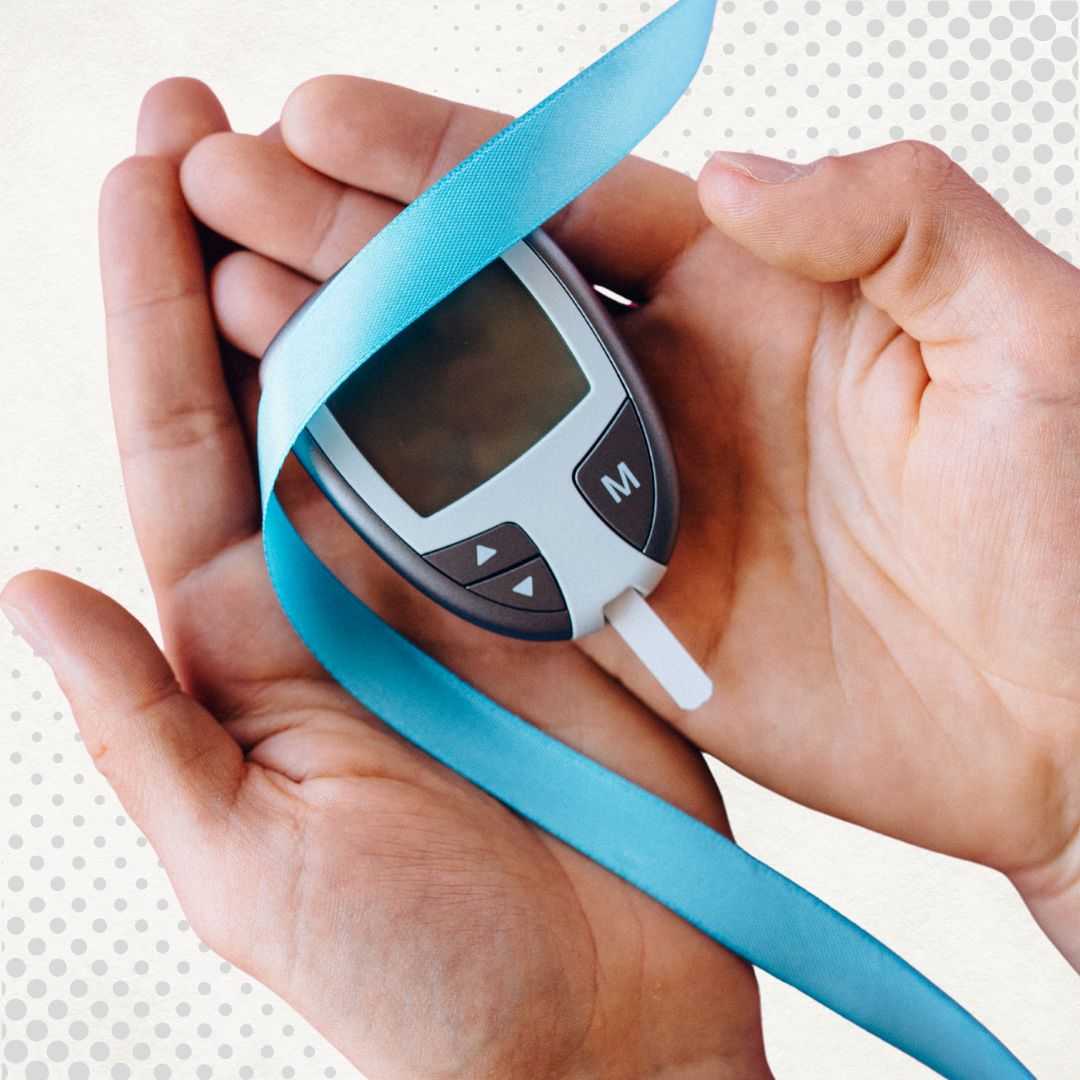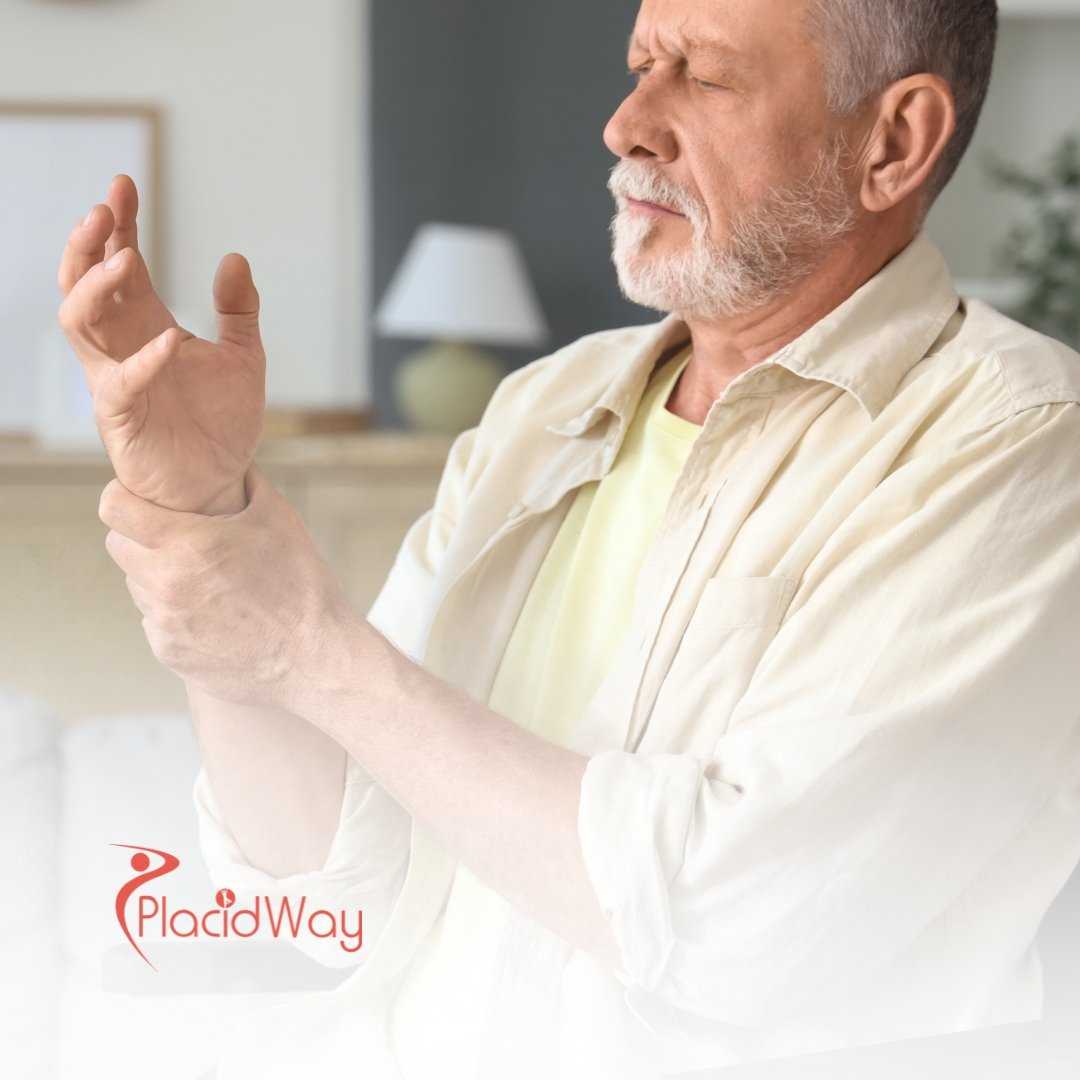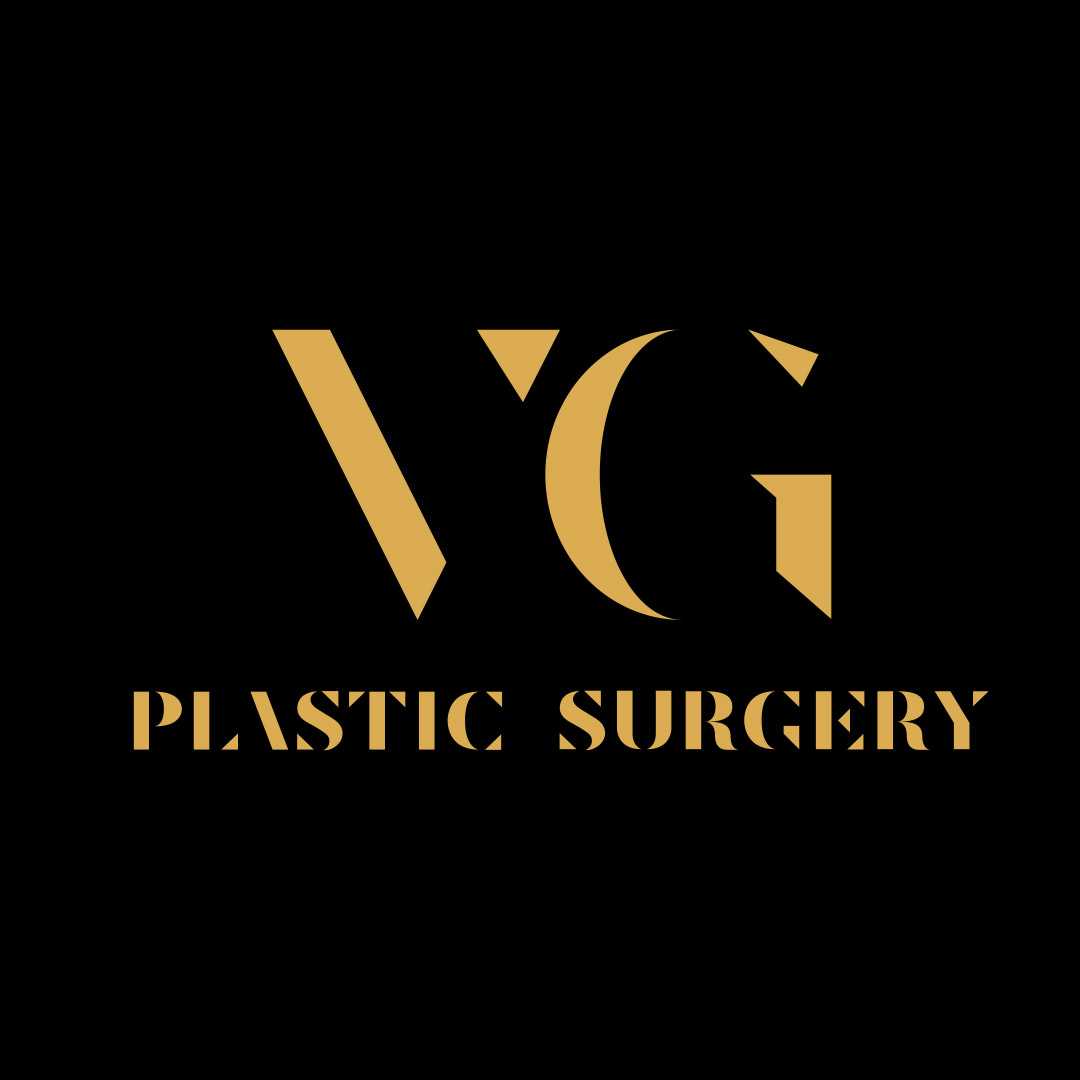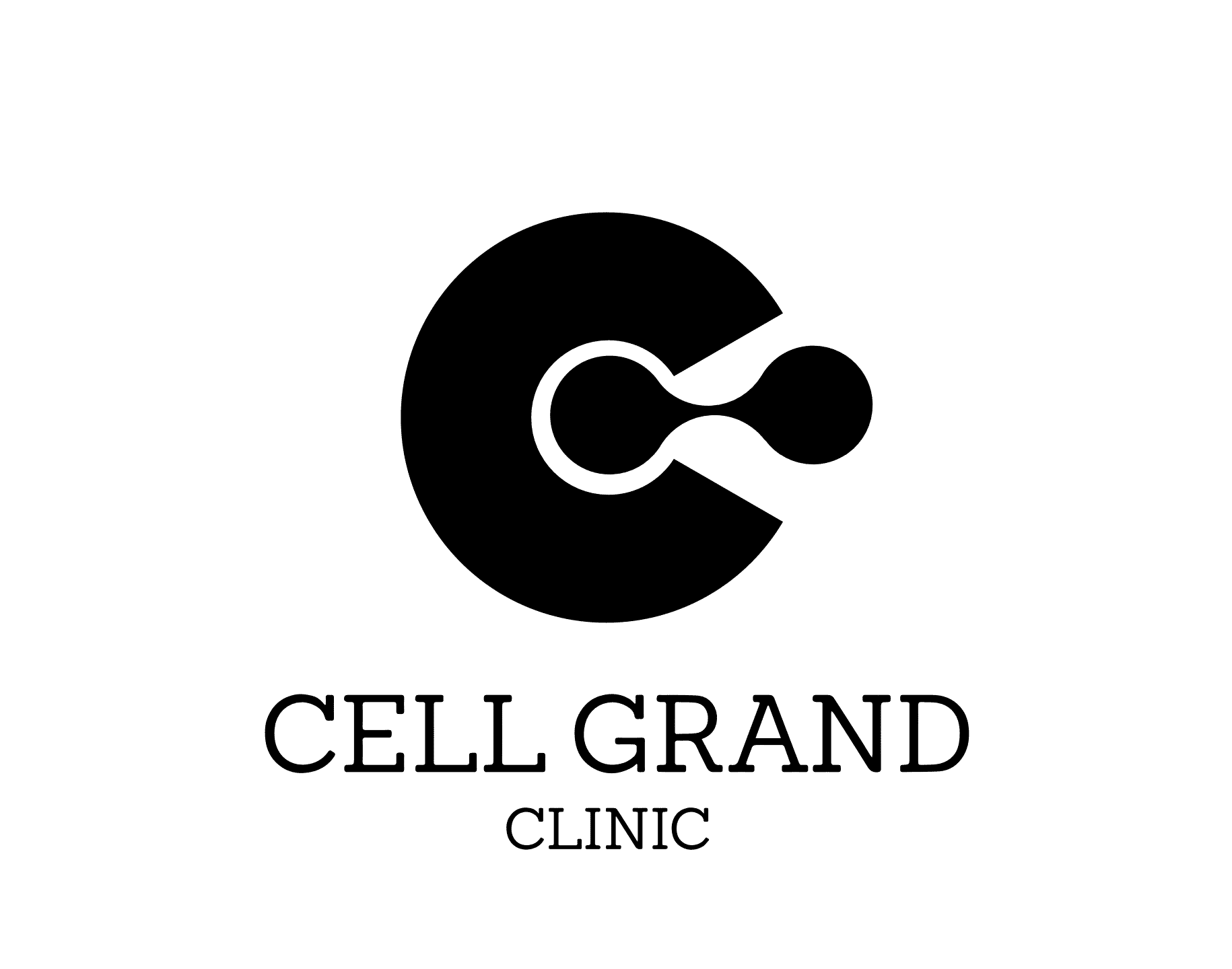Stem Cell Therapy for Osteoarthritis and Joint Pain in Japan
.png)
If you're dealing with the chronic, grinding pain of osteoarthritis (OA), you've probably been told your options are limited. You start with pain pills, then maybe graduate to cortisone shots or hyaluronic acid injections. When those stop working, the only solution offered is often a total joint replacement. It can feel like a frustrating and inevitable path. But what if there was another way? A way to not just mask the pain, but to help your joint heal itself?
This is where regenerative medicine in Japan comes in. You’ve likely heard about stem cell therapy, but you're right to be skeptical. The field is full of hype. However, Japan is different. It's one of the few countries in the world with a clear, national regulatory system for regenerative medicine. This means that when you seek treatment at an approved clinic, you aren't getting a vague, unproven "stem cell" product. You are getting a precise, high-dose, safety-vetted medical procedure designed to treat your specific condition.
So, can it *actually* work for your OA joint pain? For many people, the answer is a resounding yes. This guide will break down exactly how the Japanese model for stem cell therapy works for osteoarthritis, who it's for, what it costs, and what you can realistically expect. We'll answer all the common questions people have when they're tired of the pain and looking for a real solution.
How does stem cell therapy work for osteoarthritis (OA)?
A common misconception is that the stem cells are "regrowing" a brand new knee. For most OA treatments, this isn't the case. Instead, the injected Mesenchymal Stem Cells (MSCs) are like expert construction managers for your joint. They arrive at the "site" (your knee) and immediately get to work.
First, they release a flood of powerful anti-inflammatory proteins, calming the chronic inflammation that causes your pain. Second, they release "trophic factors" (growth signals) that tell your existing, stressed-out cartilage cells to stop dying off and to function more normally. They essentially change the entire environment of your joint from one of a "burning, degenerative building" to a "protected, stable, and healing" one. This action is what leads to significant pain relief and improved mobility.
Why is Japan a top destination for this treatment?
This law, enforced by the Ministry of Health, Labour and Welfare (MHLW), is what sets Japan apart. In many other countries, stem cell therapy exists in a legal gray area. In Japan, it's a fully regulated part of the healthcare system. Any clinic offering a specific stem cell therapy (like for knee OA) must first submit a detailed treatment plan to the MHLW for approval.
This plan must prove the treatment's safety, outline the exact cell source and processing method, and define the physician's qualifications. This gives patients an incredible level of trust and assurance that they are receiving a legitimate, high-quality medical procedure—not an unproven experiment.
What types of stem cells are used for joint pain in Japan?
You may have heard of bone marrow-derived stem cells, but many top Japanese clinics prefer using adipose (fat) tissue for several reasons:
- Higher Concentration: Fat tissue contains up to 500 times more Mesenchymal Stem Cells than an equivalent amount of bone marrow.
- Easier Harvest: A mini-liposuction to get fat is a much simpler, less painful procedure than drilling into the hip bone for bone marrow.
- High-Quality Cells: Adipose-derived MSCs are robust, high-quality, and particularly effective at reducing inflammation.
The term autologous is also key. It means the cells come from *your own* body, so there is zero risk of rejection or allergic reaction.
Is stem cell therapy for knees in Japan safe?
The MHLW's regulations are obsessed with safety. A critical requirement is that all cells are processed at a certified Cell Processing Center (CPC). This is a high-tech, clean-room laboratory that operates under pharmaceutical-grade standards. This process eliminates the risk of contamination, which is a major danger in "strip mall" stem cell clinics in other countries.
Compared to the significant risks of joint replacement surgery (anesthesia complications, blood clots, infection, a long and painful rehabilitation), stem cell therapy is considered an extremely low-risk procedure.
What is the cost of stem cell therapy for joint pain in Japan?
While this is a significant investment, the cost reflects the advanced technology involved. The price isn't just for a simple injection. It covers the initial consultation, the physician-led fat harvesting procedure, and—most importantly—the complex, 4-to-6-week laboratory process of isolating, purifying, and culturing your cells to a potent dose of 50-100 million. This high-tech lab work is what you are paying for and what leads to the effective result.
Cost Comparison: Stem Cell Therapy for Osteoarthritis (Japan)
| Treatment Type | Condition Treated | Estimated Cost (JPY) | Estimated Cost (USD) |
|---|---|---|---|
| Local Injection (One Knee) | Mild to Moderate OA | ¥1,000,000 - ¥1,500,000 | $6,500 - $9,700 |
| Local Injection (Both Knees) | Mild to Moderate OA | ¥1,400,000 - ¥2,200,000 | $9,000 - $14,200 |
| Local Injection (Hip) | Mild to Moderate OA | ¥1,100,000 - ¥1,600,000 | $7,100 - $10,300 |
| Local Injection (Shoulder) | Mild to Moderate OA | ¥1,000,000 - ¥1,500,000 | $6,500 - $9,700 |
Am I a good candidate for this therapy?
This is a critical point. Stem cell therapy works best when it has something to *save*. If your arthritis is "bone-on-bone" (Grade IV), meaning all the cartilage is gone, the stem cells have very little to work with. In that severe stage, a joint replacement may be the only option.
This therapy is perfect for the person in the "gap"—your pain is too much for pills, but you're not "bad enough" or not ready for a major surgery. The goal of stem cell therapy is to prevent you from ever needing that surgery by healing the joint and stopping the degenerative process.
What is the process for getting stem cell therapy in Japan?
Here is a typical step-by-step breakdown:
- Remote Consultation: You will send your medical records, X-rays, and MRIs to the clinic. You'll have a video call with the doctor to confirm you're a good candidate.
- Trip 1 (2-3 days): You fly to Japan. You'll have an in-person consultation, blood tests, and the fat harvesting procedure. This is a 30-minute minimally invasive procedure under local anesthesia. You can fly home the next day.
- Lab Phase (4-6 weeks): Your cells are sent to the CPC. Technicians isolate the stem cells and cultivate them, expanding their numbers from a few million to a potent dose of 50-100 million cells.
- Trip 2 (2-3 days): You return to Japan. The doctor injects your millions of personal stem cells directly into your joint. The procedure is quick, and you walk out of the clinic. You can fly home the following day.
How long does it take to see results?
This is a biological repair process, not a quick-fix drug. The initial relief comes from the powerful anti-inflammatory effect. The long-term, lasting relief builds over the next several months as the cells signal your joint to heal, reduce damaging inflammation, and protect the cartilage. Most clinics report that patients see peak improvement at the 6-month to 1-year mark.
What is the success rate for stem cell therapy for knees?
A 2020 study from a Japanese group, for example, followed patients for three years after a single adipose-derived stem cell injection for knee OA. They found that over 90% of patients had "good" or "excellent" results at the three-year mark, with significant improvements in pain and knee function scores. Success isn't just about X-rays; it's about being able to walk, climb stairs, and play with your grandkids without pain.
Is this a permanent cure for osteoarthritis?
Osteoarthritis is a disease of aging and wear-and-tear. This therapy can't stop you from aging, but it can profoundly reset the clock on your joints. Many patients get 5, 7, or even 10 years of relief from a single treatment. By reducing the inflammation and protecting the cartilage, you are slowing that degenerative process to a crawl, allowing you to live pain-free for years to come.
Stem Cell Therapy vs. Hyaluronic Acid vs. Cortisone: What's the difference?
Think of it this way: a cortisone shot is like a "mute button" for the pain—it stops the signal, but the damage continues. A hyaluronic acid shot is like adding oil to a rusty hinge—it helps it move better for a little while. A stem cell injection is like sending in a team of expert mechanics to clean out the rust, repair the damage, and leave a protective coating so the hinge functions smoothly for years.
How many stem cells are injected?
This is one of the most important advantages of the Japanese system. The 4-6 week lab cultivation phase is designed to create a truly potent therapeutic dose. A "same-day" procedure in the US, by contrast, might only yield 1-5 million cells. The ability to use a high-dose, cultured therapy is a key reason for the high success rates seen in Japanese clinics.
Will I need physical therapy after the injection?
The stem cells can't fix weak muscles. A good clinic will give you a detailed protocol of light exercises to begin after your injection, helping you build a strong support structure around your newly-healed joint. This combination of internal repair (stem cells) and external support (physical therapy) is the key to long-lasting success.
Can this treatment help with hip or shoulder osteoarthritis?
The protocol for other joints is very similar. The doctor will use imaging guidance (like ultrasound) to ensure the high-dose stem cell injection is delivered precisely into the joint capsule. For anyone suffering from OA in these joints, it offers the same hope: a low-risk, high-reward chance to reduce pain and restore function without a major operation.
Ready to Find Relief from Joint Pain?
You don't have to accept joint pain as a fact of life. If you're ready to explore a real, regenerative alternative to surgery, let us help. For personalized assistance, explore the vetted, MHLW-approved orthopedic clinics and treatment packages available through PlacidWay.


.png)













Share this listing